MBA Fast Learning
Operations Management 2020
First three modules

First three modules in Operation Management - Let´s do a quick rewind!
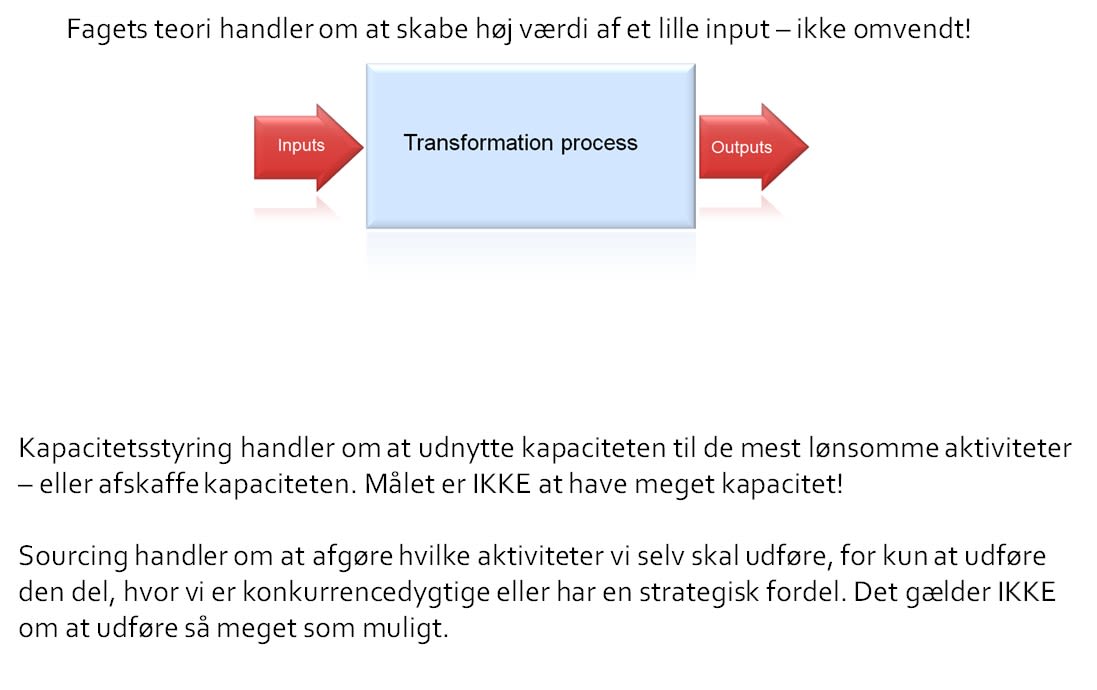
We are building a mindset, focused on sustainability!
This is stronger than anything else you have seen...

Here is the best thing you can do for the environment....
Buy nothing!
These examples are not efficiency....!!!;
- Producing to much or to little
- Producing in to inferior quality or to high quality
- Production with value that is not demanded
- Unneeded production
Respect ressources! - Control your Inventory & Production
Typologi of Operations
We start by understanding our current operation and its characteristics
This is called the 4 V model
What is "Visibility"?
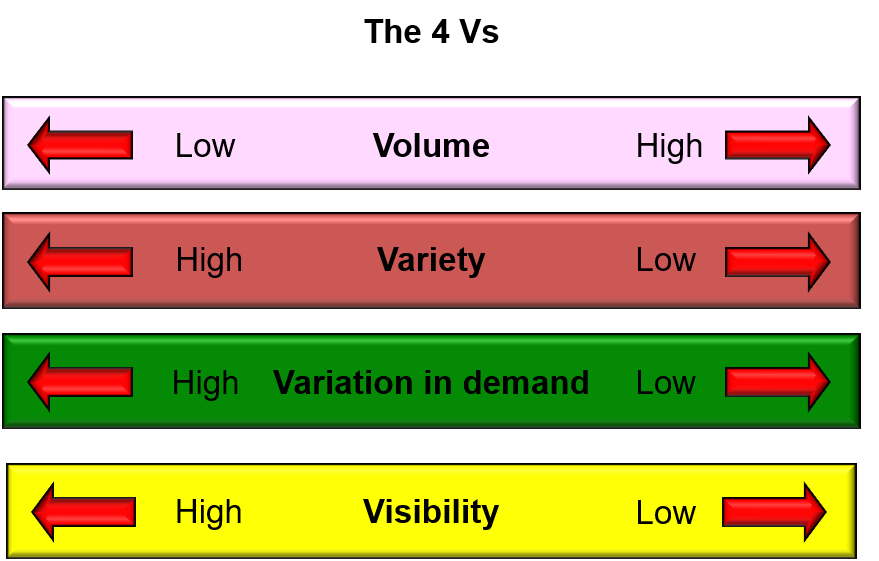
We are always conscious of forecasting ability - so much depends upon it
- maybe we should include it in our typologies?
What is the role of Forecasting?
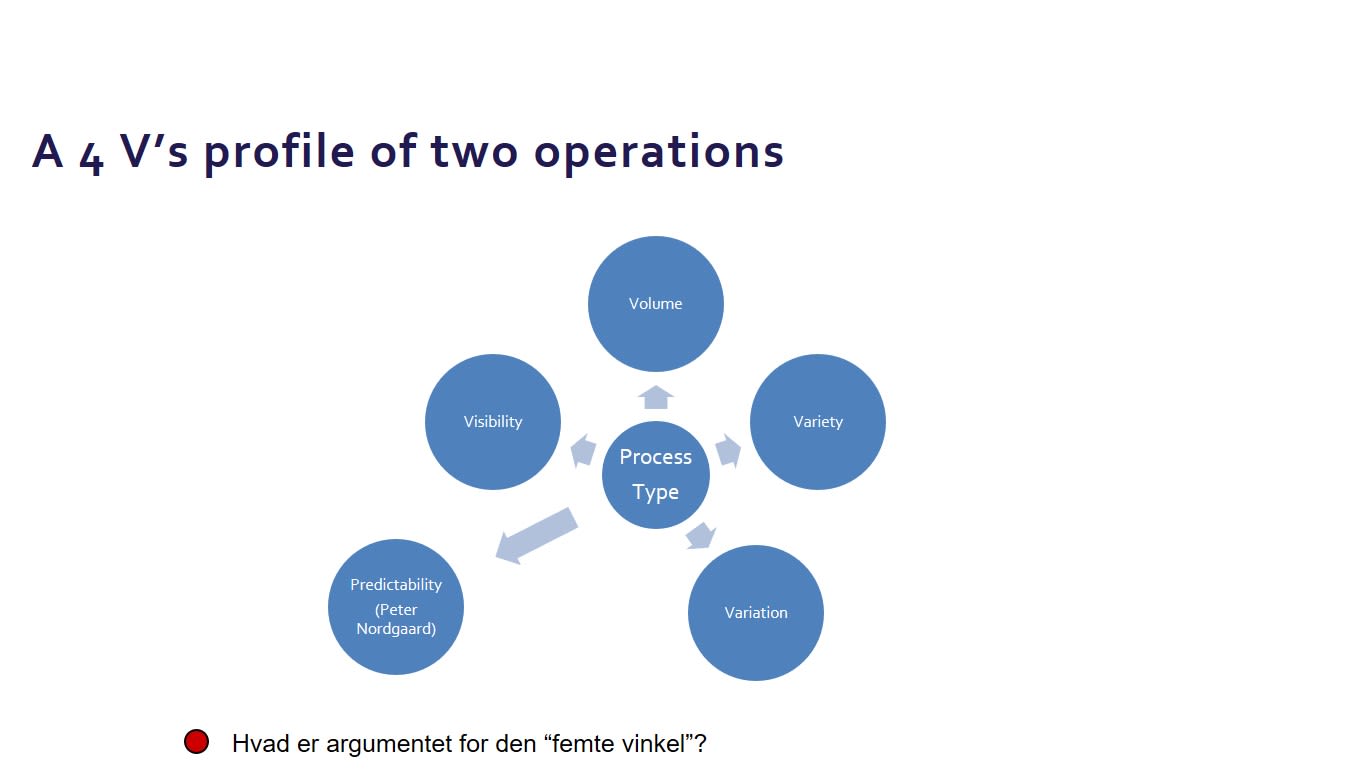
We then define our operation Targets!
We might even include being ressource efficient - sustainability
when is dependability important?
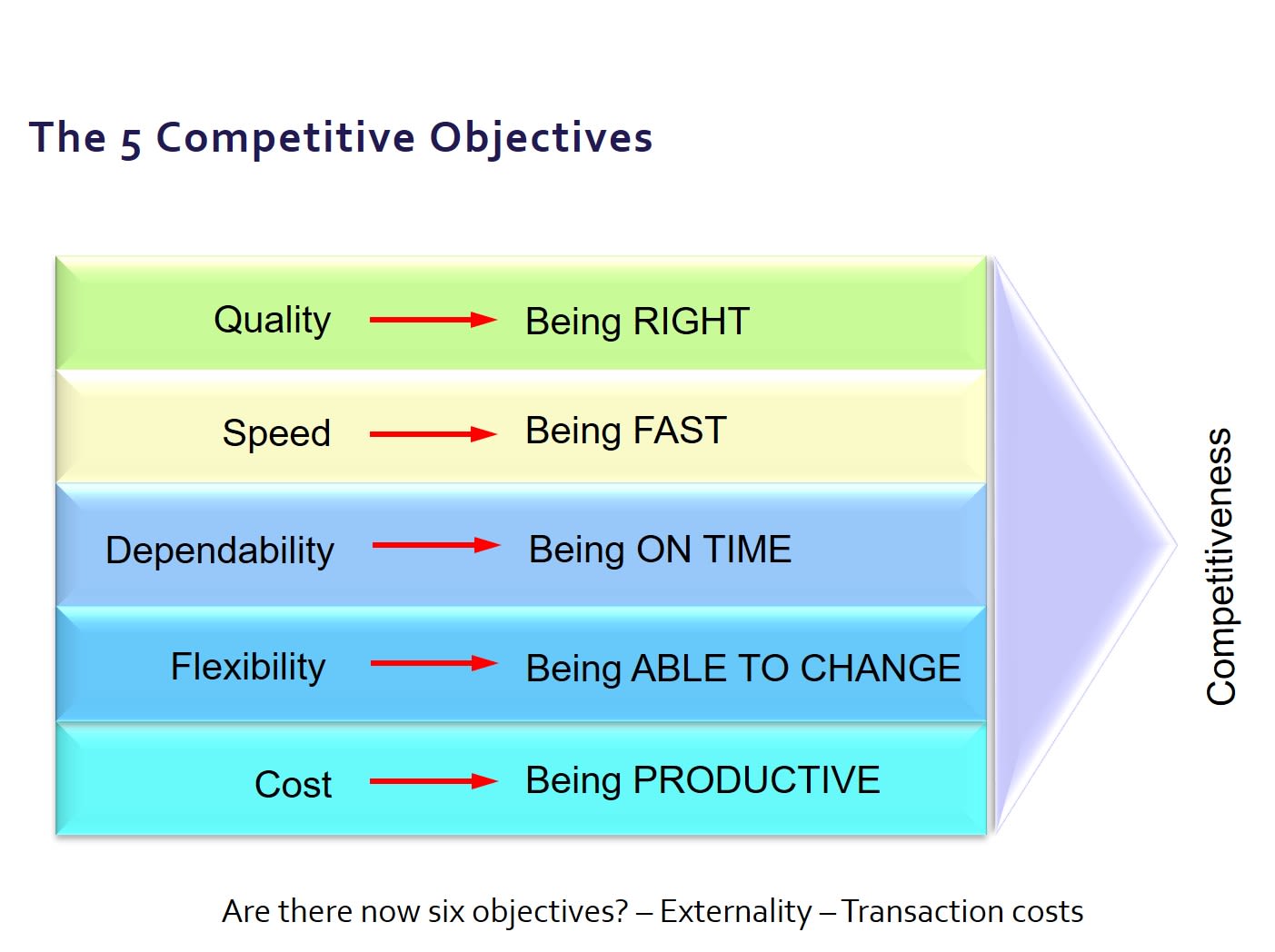
Distribution is becoming a competitive factor
What are the targets and requirements for our distribution?
Is order visibility important at Noma?
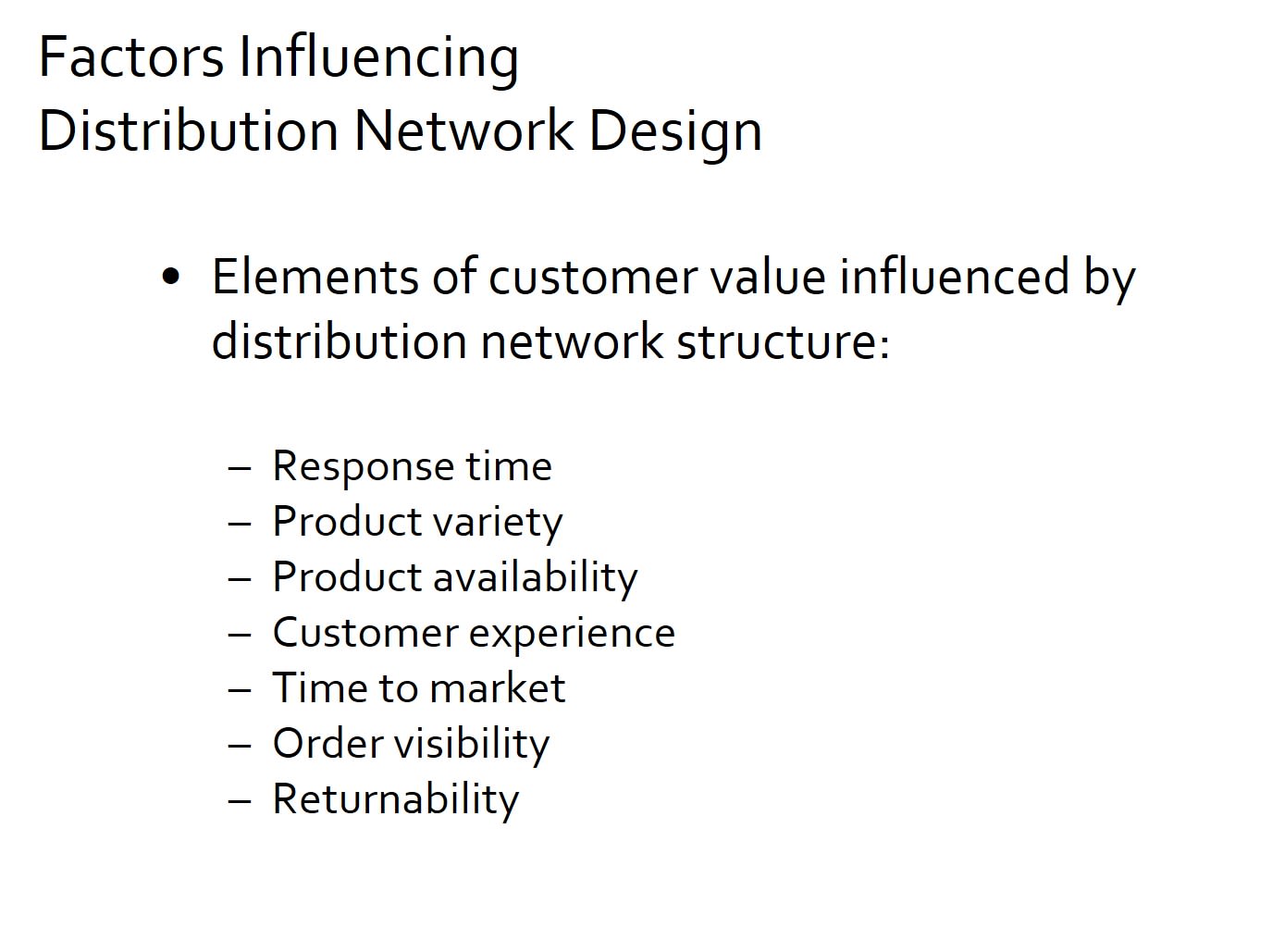
1.Manufacturer storage with direct shipping 2.Manufacturer storage with direct shipping and in-transit merge
3.Distributor storage with carrier delivery 4.Distributor storage with last-mile delivery 5.Manufacturer/distributor storage with customer pickup
6.Retail storage with customer pickup
What is the difference?
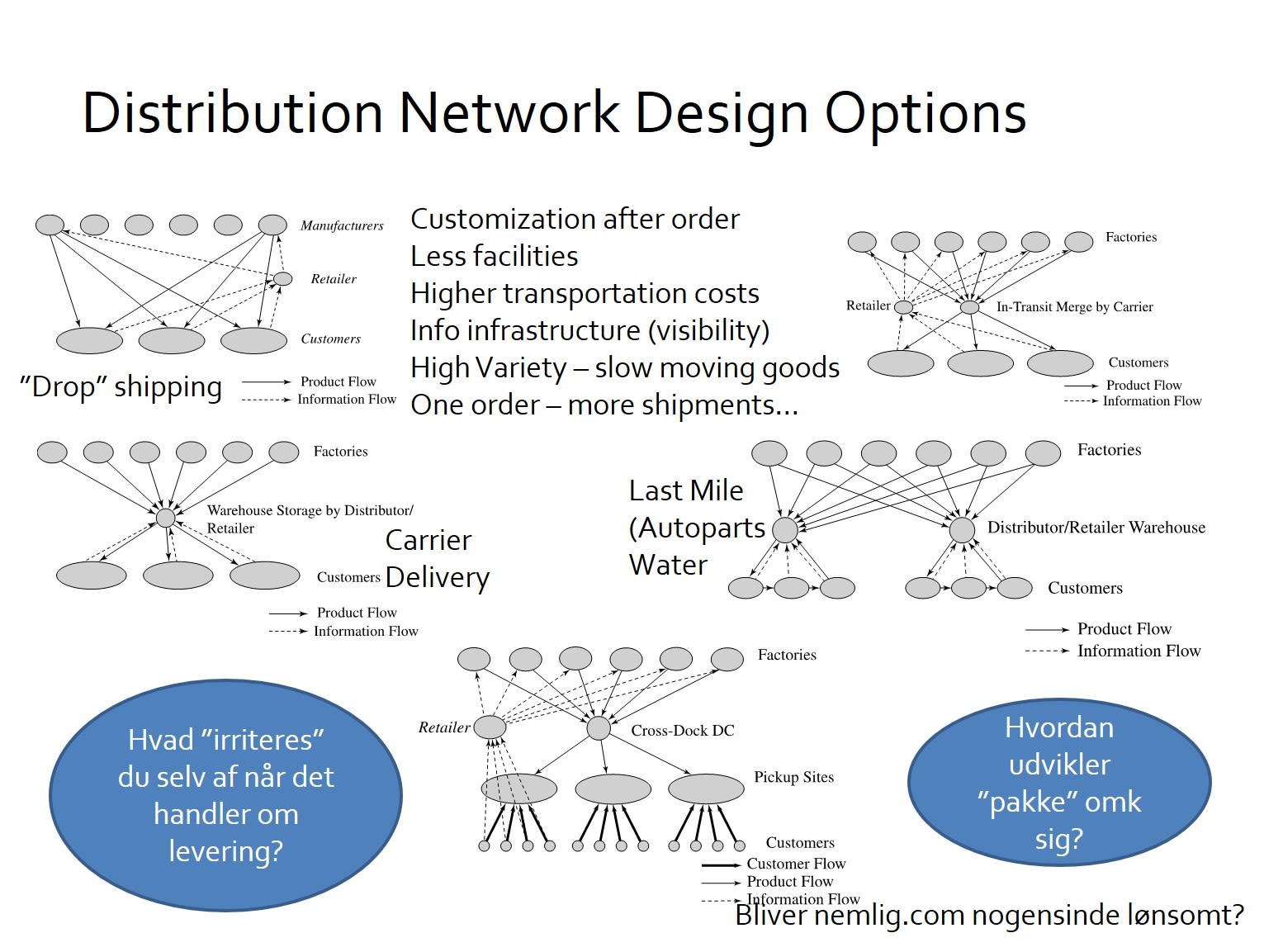
Always think in alternatives!
Inventory replaces fast production or even fast distribution
Producing nearby with many inventories creates flexibility and high speed
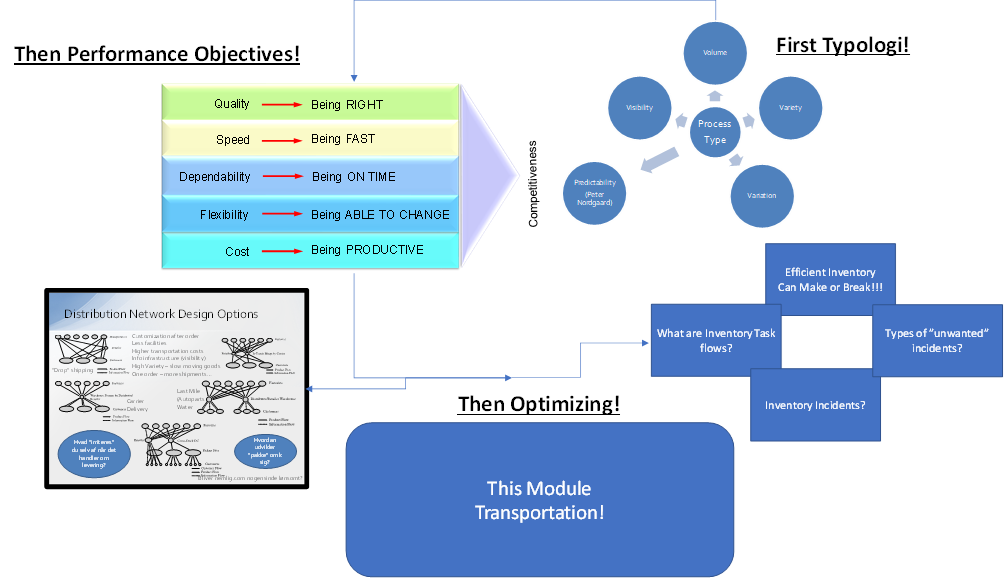
Forecasting techniques are quantitative or qualitative
We looked at smoothing and regression lines
We adjusted for seasons and outliers
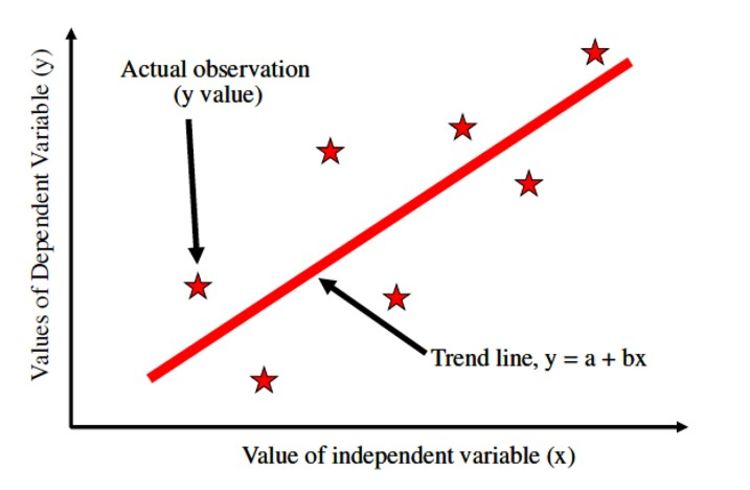
And we use this to optimize our inventory, based on several variables

We have analyzed how optimizing affects your out of boundary Risk Management
Are we creative enough?
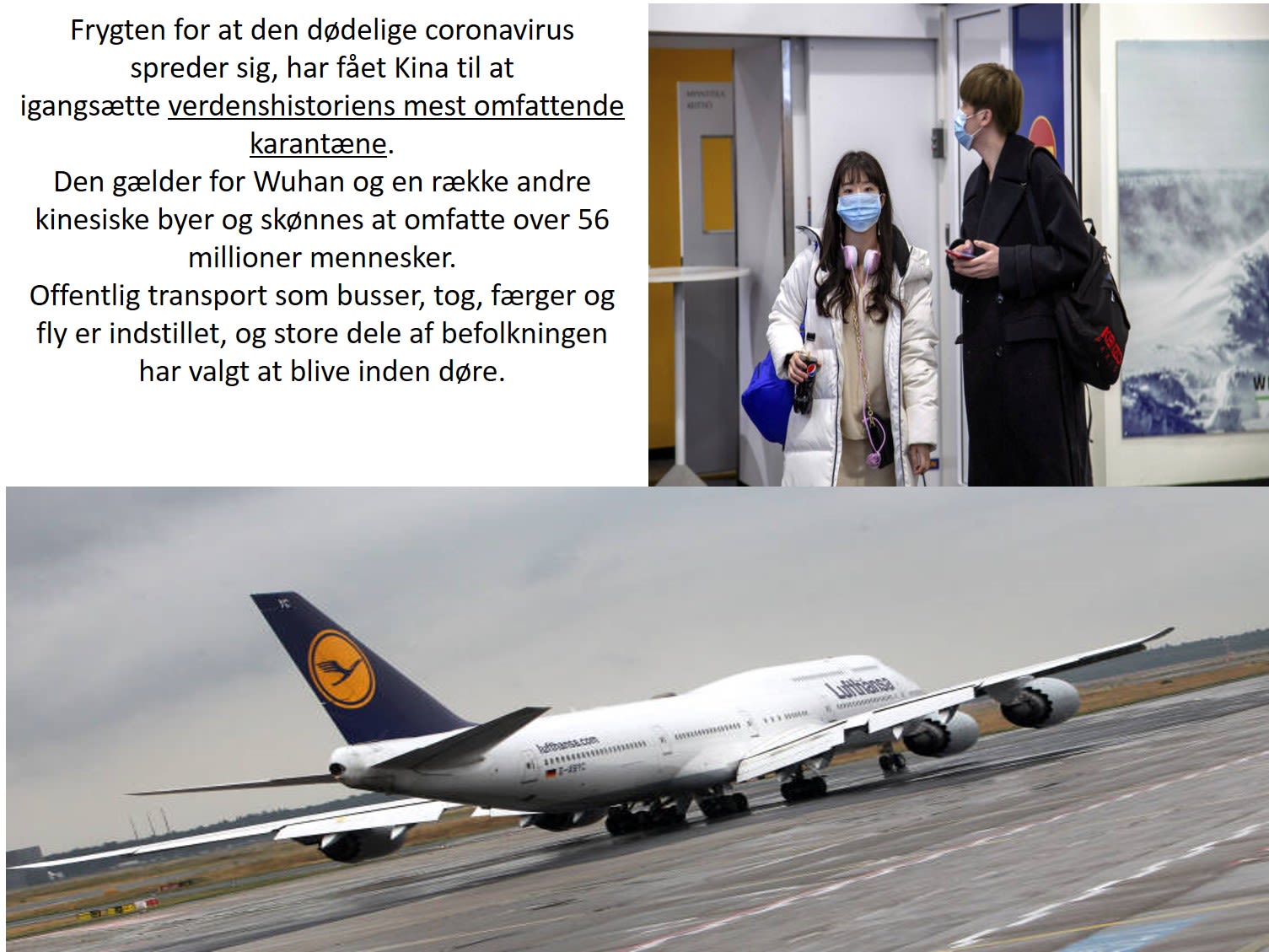
Always challenge
our decisions,
- even for a single euro...

You have already seen the effect in the case presented by Marianne Nygaard Wulf
60% difference in actual surgeries at the two hospitals

Our third module concentrated on our Capacity Management. It is dependent upon our Four V typologi, our Performance Objectives, our Inventory Policies and our Capacity Management Strategies - Same capacity all time? Capacity follows demand - or we try to impact demand to match our capacity? Three basic models!
Capacity Management is a dicipline with many variables...
The major task is to use our capacity on the most profitable activities and the profitability should be measured in capacity terms.
Capacity is usually measured in hours, but is sometimes transposed into production units (such as m2, liters) or into M2 or even M3.
Capacity available is often a decision that we take. We control the hours we are open for production, if we have machinery available.
Understanding our use of capacity can be extremely valuable. How much of the decided available capacity time did we actually use? (Availability Rate)
How much of the capacity time available, was production at the planned efficiency? (Performance rate)
And finally... How much of our production time resulted in production with no quality defects? (Quality Rate)
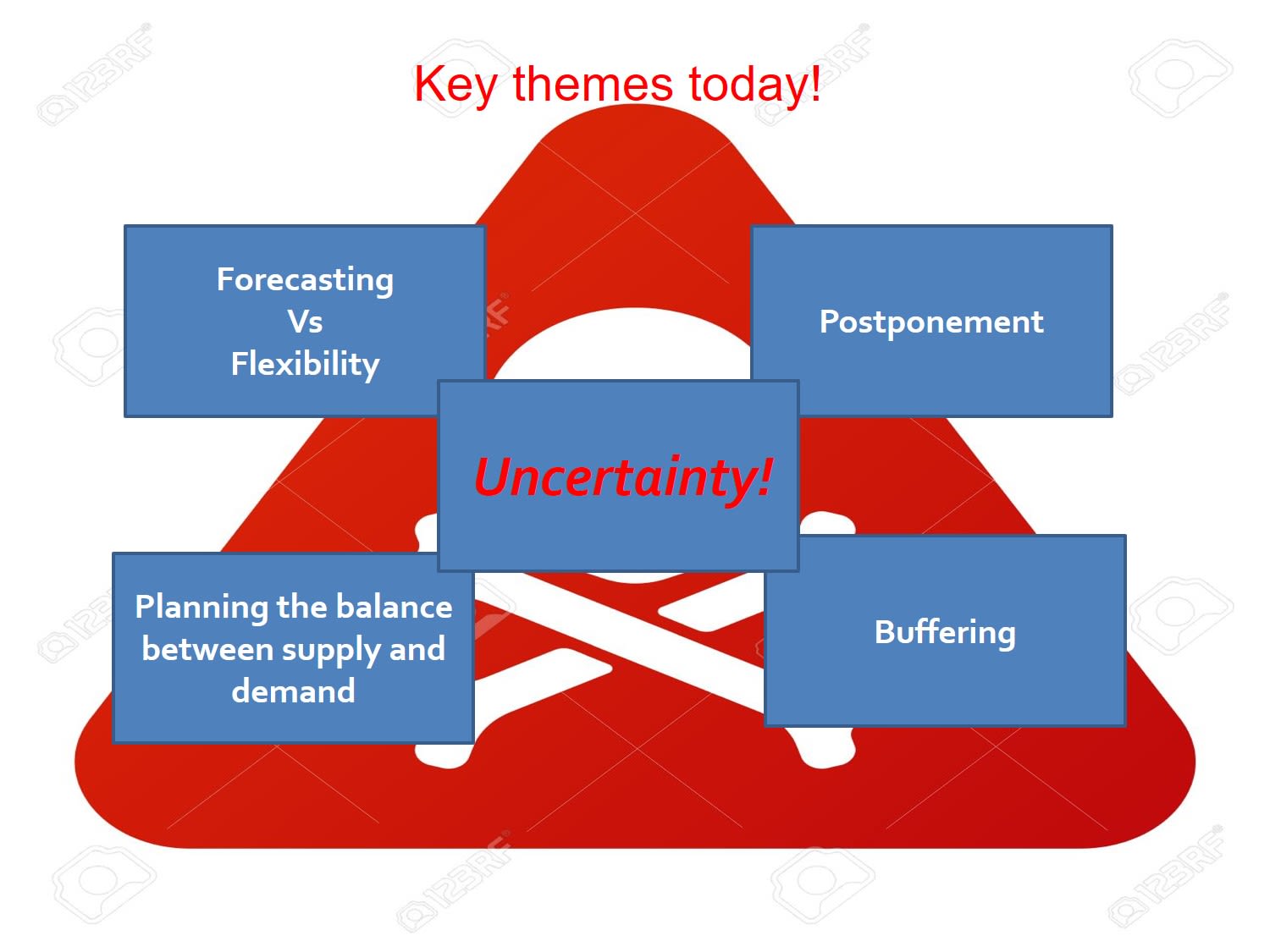
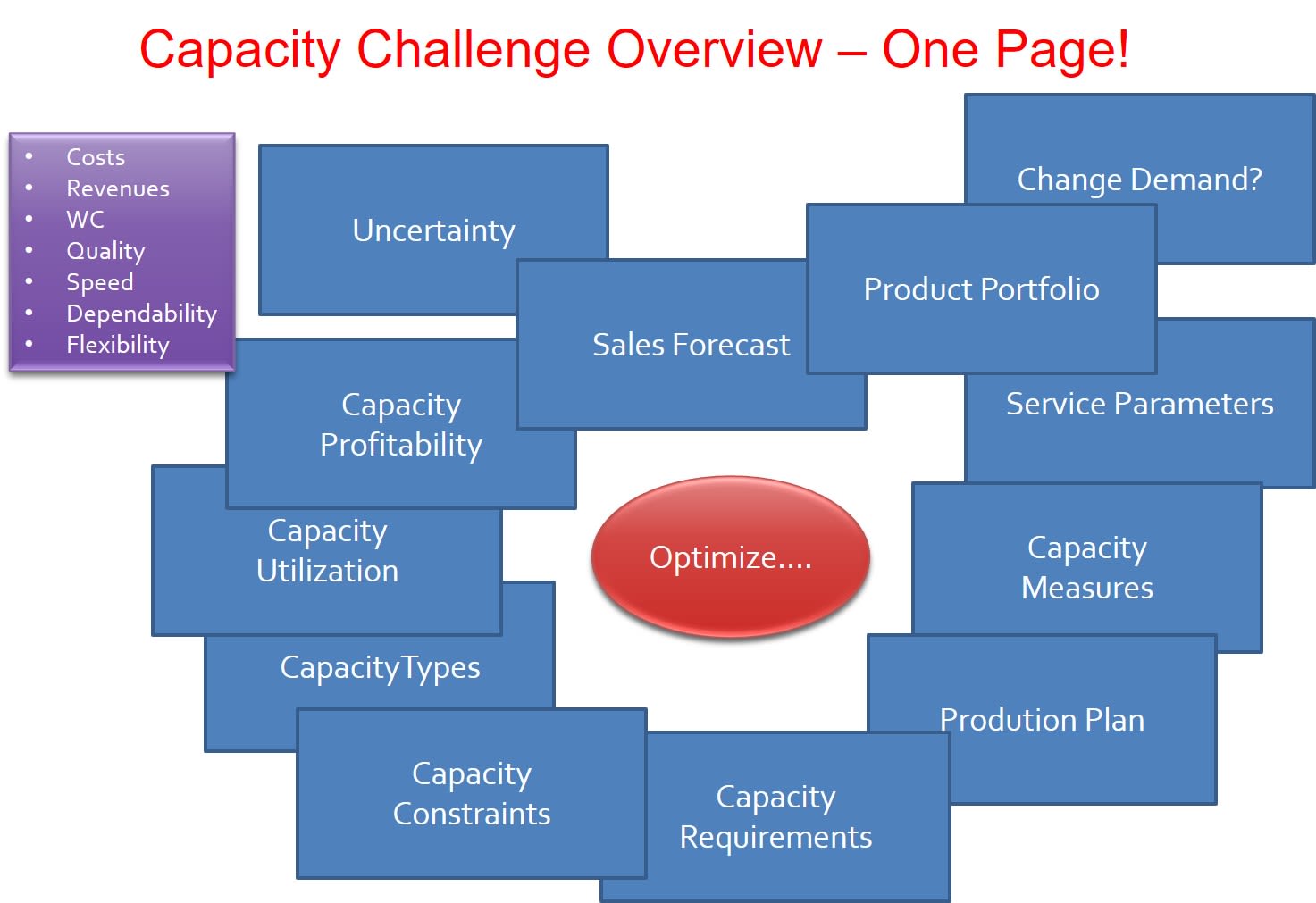
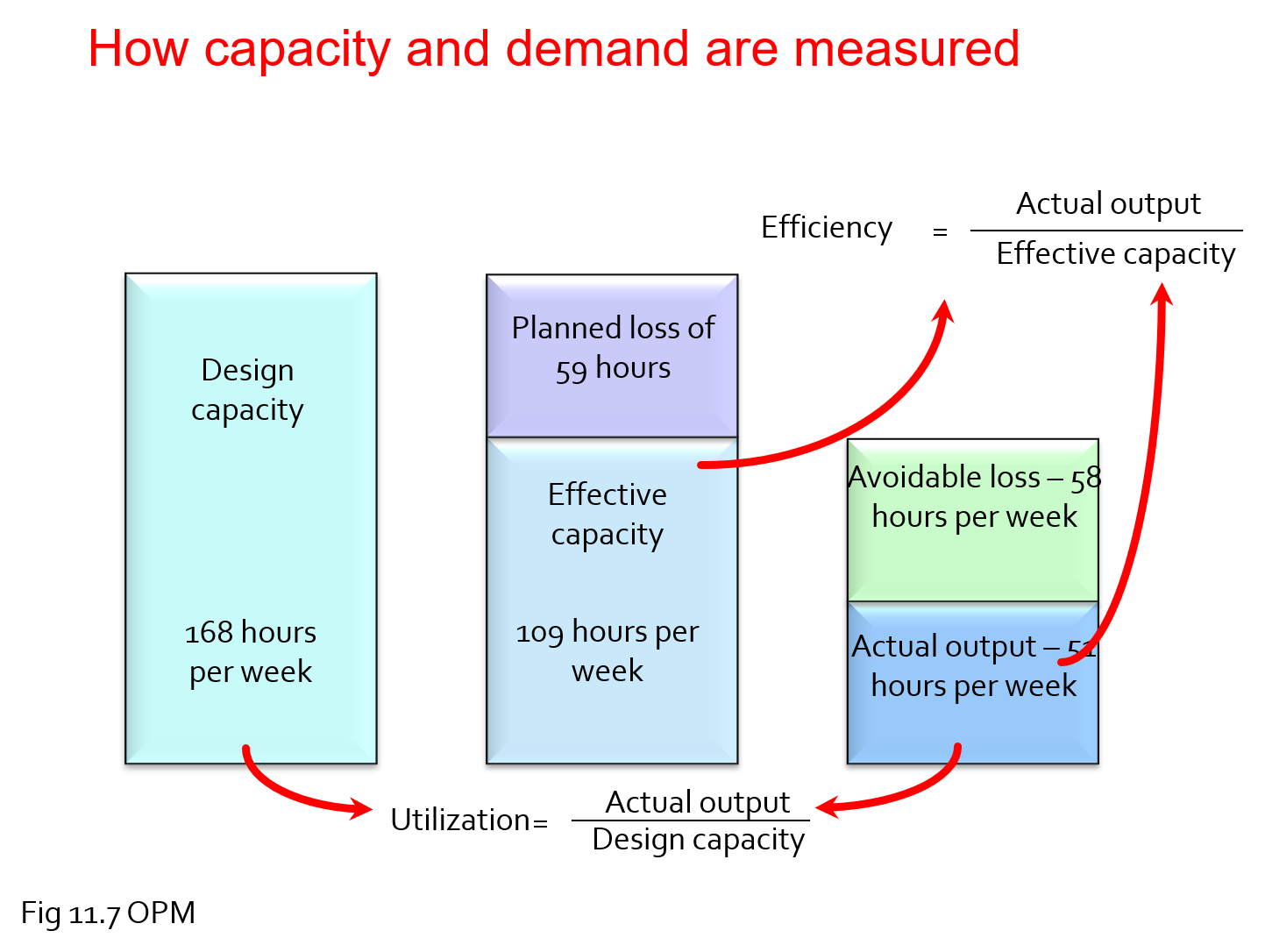
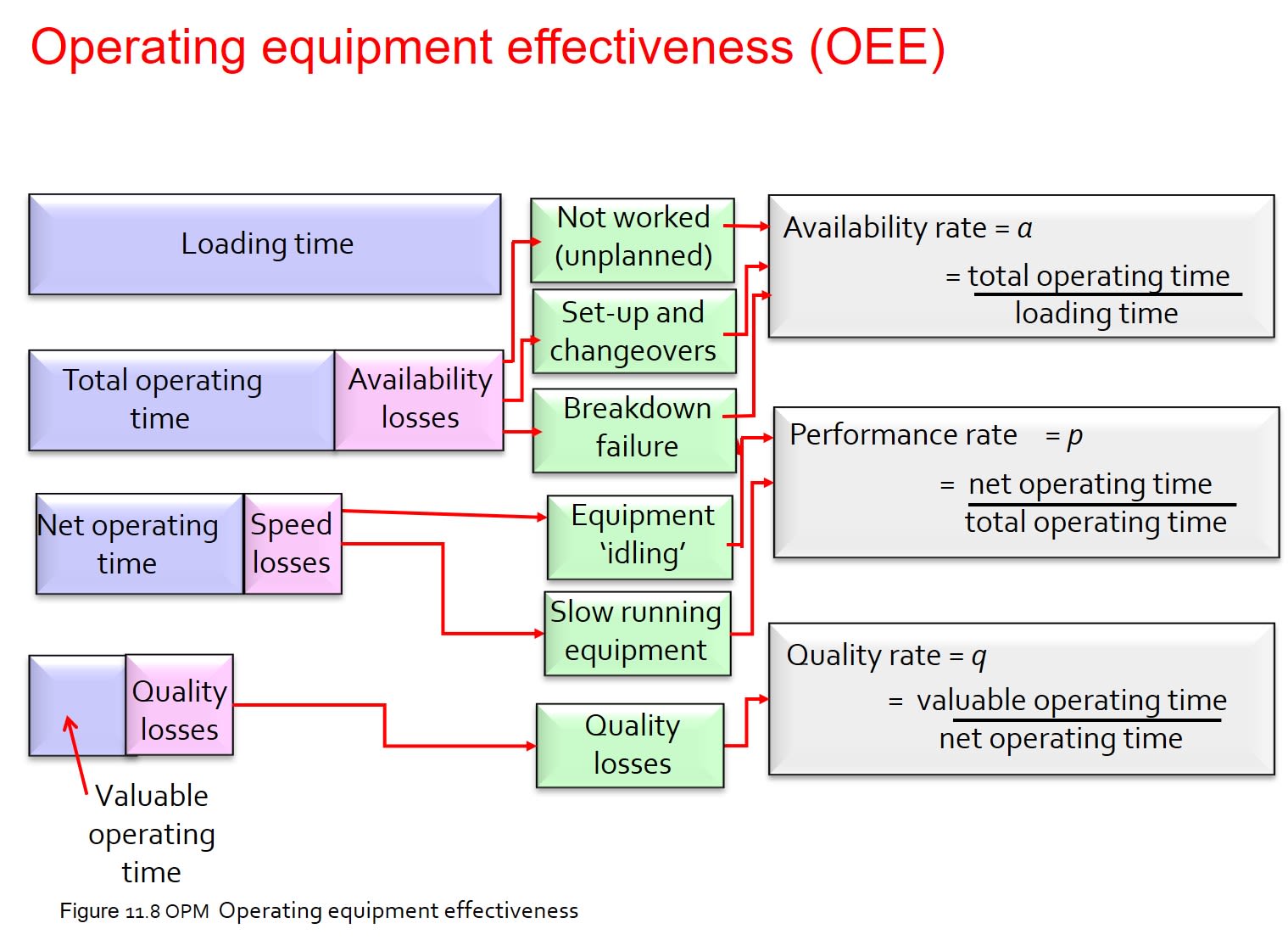
Control the que
Learn about behaviour
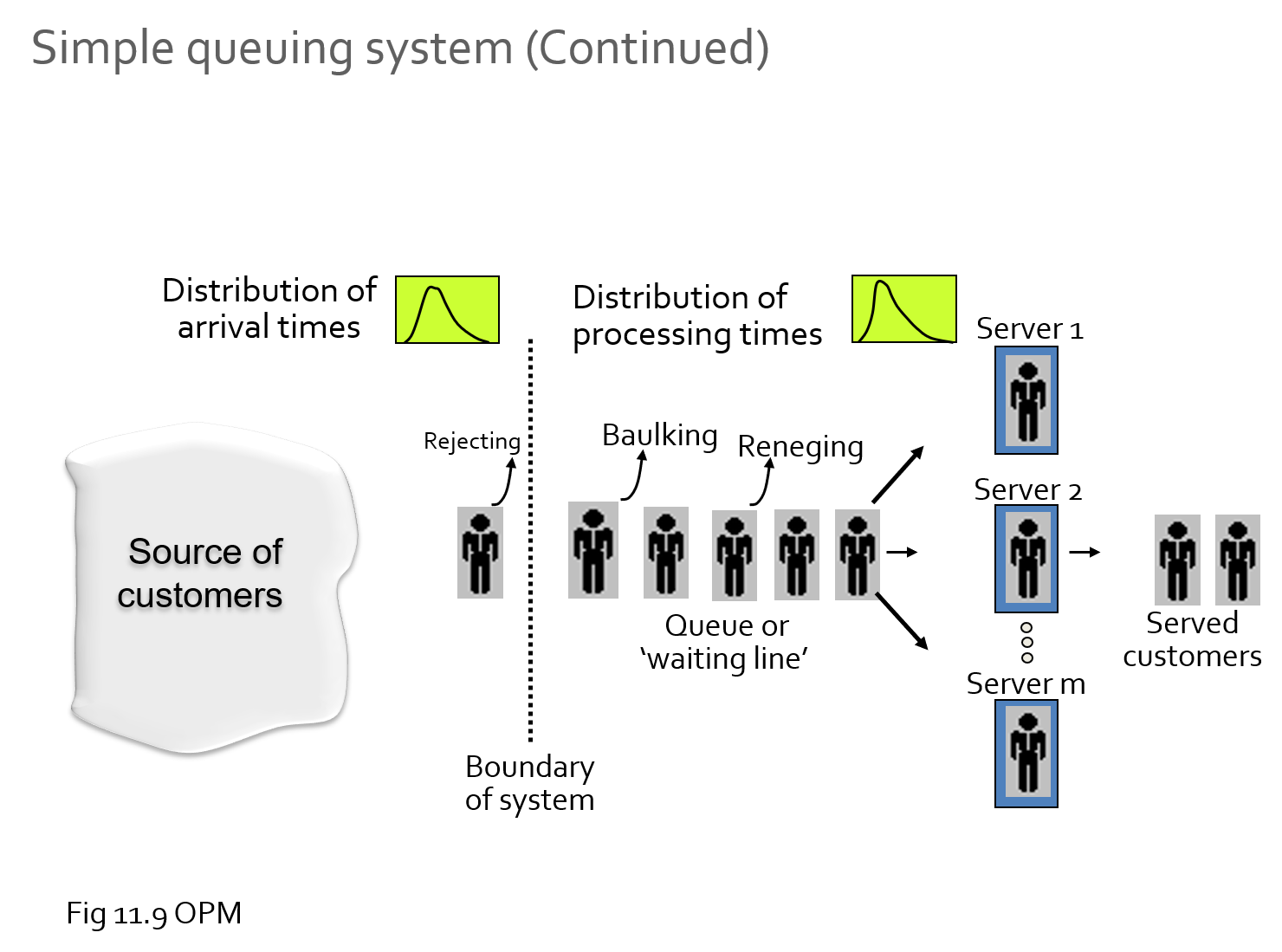
Controlling capacity can be done through price schemes. You do not want the whole world to buy your products, as you do not have that much capacity - raise the price!
Another way of controlling capacity demand variations is queing. If your demand is unstable, queing can be a short time fix. You will need to understand the proportion of lost sale. You will also be careful that you actually understand your efficiency. Queing customers can be a dangerous way of making it more difficult to understand the availability rate and the performance rate. For this, you need to use Little´s law and calculate the actual operating time. This, we will leave for next time.
I hope we have now refreshed some of the content in our first three modules.
See you....

